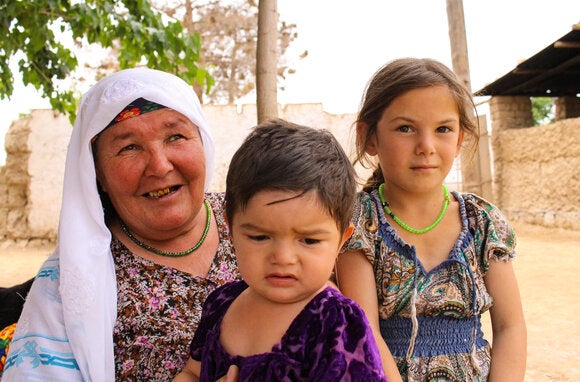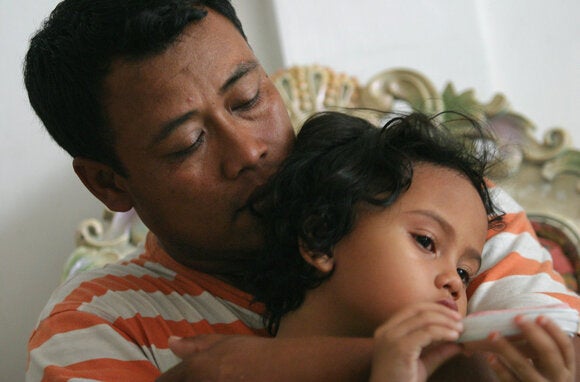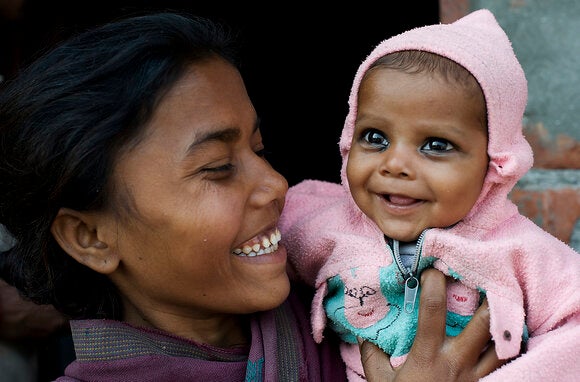
This page contains documents and other resources related to children's care in Asia. Browse resources by region, country, or category.
This page contains documents and other resources related to children's care in Asia. Browse resources by region, country, or category.




Displaying 201 - 210 of 1869
MANILA, Philippines—At least P7.8 billion has been earmarked in the proposed 2022 national budget for a feeding program for children, according to Anakalusugan Rep. Mike Defensor. But as the country celebrates National Children’s Month this November, would the funding be enough to address the many challenges that confront Filipino children especially amid the pandemic?
Vaccination of boys and girls aged six to 12 has surpassed initial estimates of 1,897,382 to be vaccinated (based on 2019 census) with more than 1,907,695 having received their first dose of the COVID-19 vaccine.
The Ministry of Social Affairs has reiterated its commitment to meeting the United Nations Sustainable Development Goal of eliminating violence against children globally by 2030.
Left-behind children (LBC) are a social and educational concern in China. Researchers have identified psychological and behavioural effects on LBC. This study creates a profile of LBC in rural Sichuan and identifies life and values education (LVE) as a beneficial intervention.
New analysis indicates lost contribution to economies due to mental disorders among young people is nearly $390 billion a year worldwide, stressed a UNICEF’s news release.
The social cost of women migrant workers is very high as they leave behind their families and children when they go abroad for livelihood, said speakers at a consultation on Thursday. The Refugee and Migratory Movements Research Unit (RMMRU) organised the consultation on ‘Migration through Gendered Lens: Role of the Media'.
The strengths-based assessment tool serves to both prevent family breakdowns and reintegrate children from institutions back into families (or other family-based or alternative care options). This article provides an overview of the tool, including its purpose, set-up and functionality within a case management system.
The second wave of COVID-19 ruptured families across India. Despite widespread media coverage, the conversation overlooked a demographic worst affected by it, namely children.
The COVID-19 pandemic has exacerbated inequalities and barriers to
social inclusion for people with disabilities. These experiences of social
exclusion have been felt to an even greater extent by women with disabilities
and under-represented groups of people with disabilities, leading to a range of
effects on the operations and priorities of OPDs. To address a critical gap in the
evidence base, the Disability Inclusion Helpdesk carried out a rapid assessment
of the role of OPDs during the pandemic, and how the pandemic has affected
OPDs’ operations and priorities.
These presentations from Hope and Homes for Children, Miracle Foundation and Railway Children were delivered during the August 20, 2021, workshop of the Care Measurement Task Force of the Transforming Children's Care Global Collaborative Platform. The focus of the workshop was child and family outcome measurement.